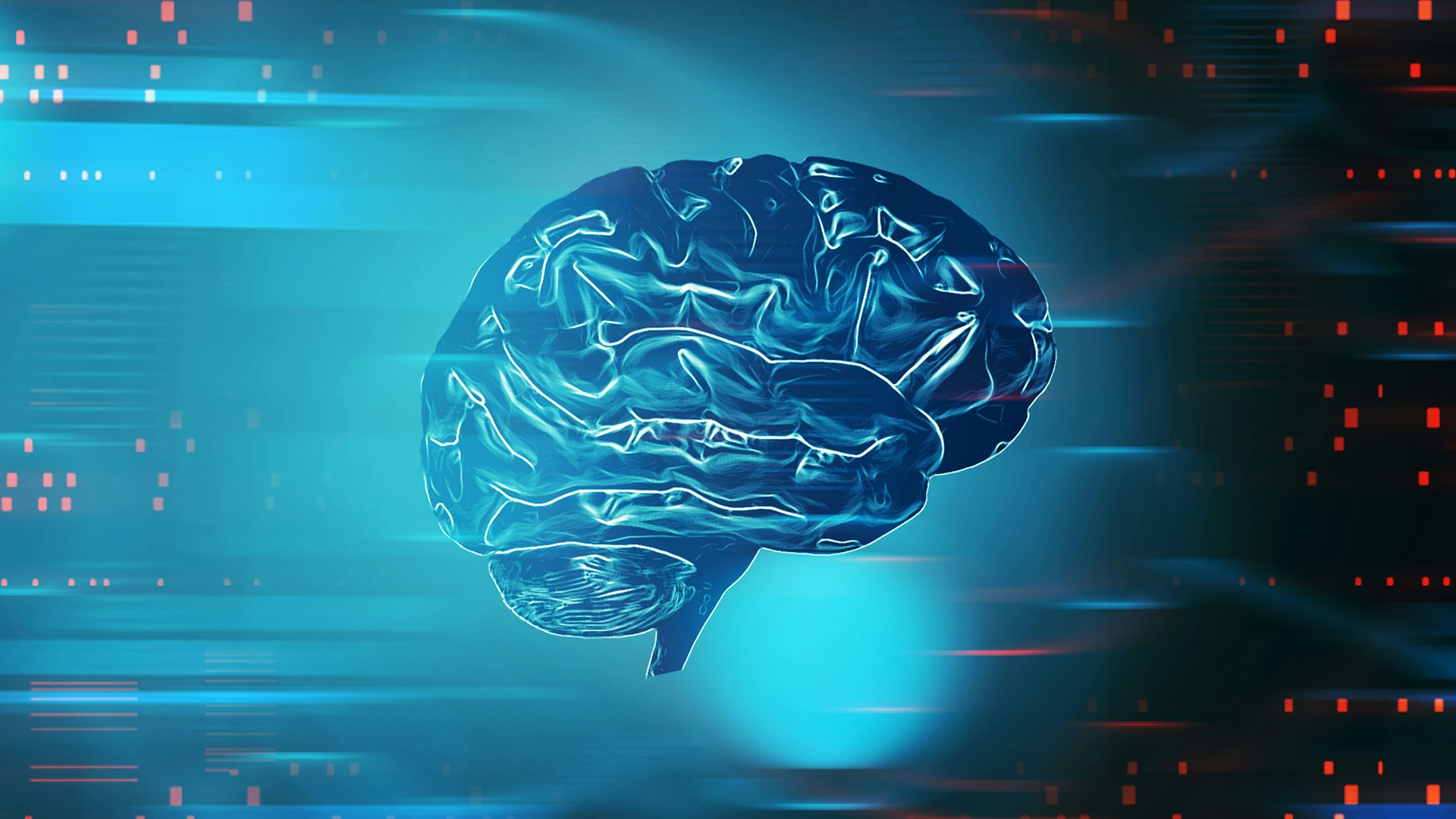How anxiety is connected to our brain-body interactions

Researchers have been examining the link between signals from our body and anxiety. Image: Ümit Bulut on Unsplash
- New research shows a link between anxiety and the brain's perception of the body's inner signals.
- Racing heart, rapid breathing, and sweaty palms are the brain's way of preparing for a possible threat.
- But for people with higher levels of anxiety, they can perpetuate a downward spiral.
Using novel technology, researchers advance our understanding of anxiety’s connection to brain-body interactions. For the first time, they show how the brain perceives and predicts altered states of breathing; quantifying links between anxiety and the brain’s perception of the body’s inner signals.
Racing heart, rapid breathing, and sweaty palms - all symptoms of anxiety, but they are also the brain’s way of preparing the body for a potential threat. Such symptoms are a normal and fleeting experience of the human condition, but for people who carry higher levels of anxiety, they perpetuate a downward spiral. The perception of bodily changes, such as heart rate and breathing, reinforce the feelings of anxiety that triggered them in the first place. Until now, technological limitations made it difficult to investigate precisely where, in the brain, this vicious cycle takes place – and how it may be altered in people with higher levels of anxiety. For the first time, researchers are now able to show how certain body signals processed in the brain differ among individuals with different levels of anxiety.
Anxiety and distorted breathing perception
Just like a smoke detector sounds an alarm to warn occupants of a possible fire, deep within the brain, the folds of the so-called anterior insula encode how sensations inside the body such as breathing, the heartbeat, or gastrointestinal pains are perceived. An influential scientific theory suggests that this part of the brain creates models of the body that predict and interpret bodily signals. Its assumed purpose is to predict threats to bodily integrity and sound the alarm when it detects impending bodily harm. This is especially relevant for our understanding of mental health problems. It has long been speculated, for instance, that anxiety is linked to altered prediction signals in the anterior insula. This notion has now been confirmed by Olivia Harrison, lead author of a study recently published in the journal Neuron. She and her team found that in people who maintain higher levels of anxiety, the anterior insula shows an altered response to predicted changes in breathing resistance. In parallel, higher levels of anxiety were found to be associated with an altered perception of bodily signals.
Harrison, now a Research Fellow at the University of Otago in New Zealand, completed the study as a post-doctoral researcher with Professor Klaas Stephan and a research team from the Translational Neuromodeling Unit, part of the University of Zurich and ETH Zurich’s joint Biomedical Engineering Institute. Her study, involving 60 participants with low and moderate levels of anxiety, is the first of its kind to provide evidence consistent with the idea that the anterior insula constructs models of the body's state. Stephan, who co-authored the paper, comments, “Understanding how the brain actively constructs models to protect the body, helps destigmatise mental disorders. This perspective highlights that anxiety can be understood as an adaptive response to an individual experience,” he says.
Novel technology crucial to findings
A new technology made it possible for the neuroscientists to control breathing resistance in their study; and for the first time, to observe brain activity associated with predictions and threatening body perceptions. They were also able to observe how such predictions and perceptions in the brain might be altered by anxiety. Inspired by brain-body interactions, associated research, and her own observations in the context of high-performance sports, Olivia Harrison developed an MRI compatible breathing circuit. The device is based on her earlier research with the Breathe Oxford team at the University of Oxford. In collaboration with Oxford physicist and medical engineer, Sebastian Rieger, Harrison then automated the breathing circuit.
This invention made it possible to conduct more sophisticated tests of existing theories that, until now, had not yet been demonstrated with real data. The research team used the new technology to develop a Breathing Learning Task and investigate dynamic brain activity associated with predictions and prediction errors for respiration. Using computational models of cognition, the researchers formally assessed both breathing-related learning and metacognition (awareness of thought processes). It represents the first computational assessment of trial-by-trial learning in this field of research.
Tuning in to the body
While the results of this study reveal several firsts in quantifying the links between anxiety and the brain’s perception of the body’s inner signals, many unanswered questions remain. “We might believe we are ‘in-tune’ with our bodies,” says Harrison, “but what we’ve seen is that anxiety is actually associated with a reduction of our ability to notice changes in our breathing”. An inability to perceive early symptoms of anxiety – or ‘tuning out’ – may perpetuate these symptoms, leading to an even greater level of anxiety. The results of this study, therefore, offer an early understanding of how communication between the brain and the body can break down with anxiety.
While researchers do not yet have all the answers, Harrison observes that Eastern medicine has been using breathing as a tool for improving mental health for centuries. She also indicates that people often experience calm in practicing yoga, meditation, and exercise, but states that scientists do not yet understand the underlying mechanisms of these practices. She anticipates that a better understanding of the brain-body connection will eventually improve treatment for anxiety by giving people the tools to perceive their body differently, breaking the anxiety spiral.
Don't miss any update on this topic
Create a free account and access your personalized content collection with our latest publications and analyses.
License and Republishing
World Economic Forum articles may be republished in accordance with the Creative Commons Attribution-NonCommercial-NoDerivatives 4.0 International Public License, and in accordance with our Terms of Use.
The views expressed in this article are those of the author alone and not the World Economic Forum.
Stay up to date:
Mental Health
Related topics:
Forum Stories newsletter
Bringing you weekly curated insights and analysis on the global issues that matter.







